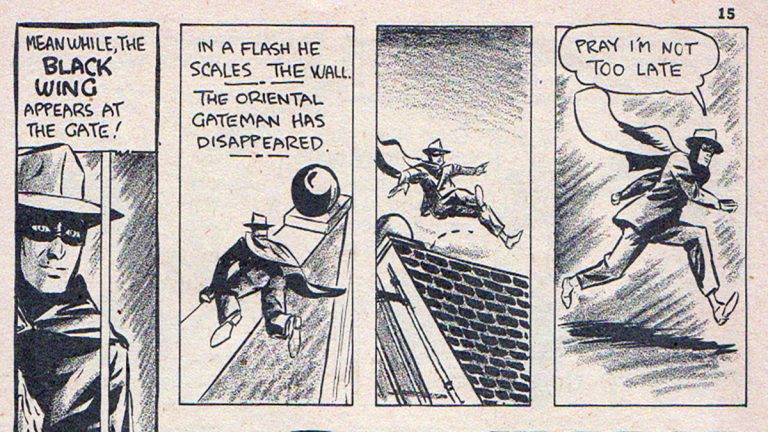
Masks
Now, more than ever, we have become acutely aware that we all swim in each others’ mists and that proximity can transmit and infect. The western handshake and European cheek peck may soon become obsolete and the palm-press namaste of…
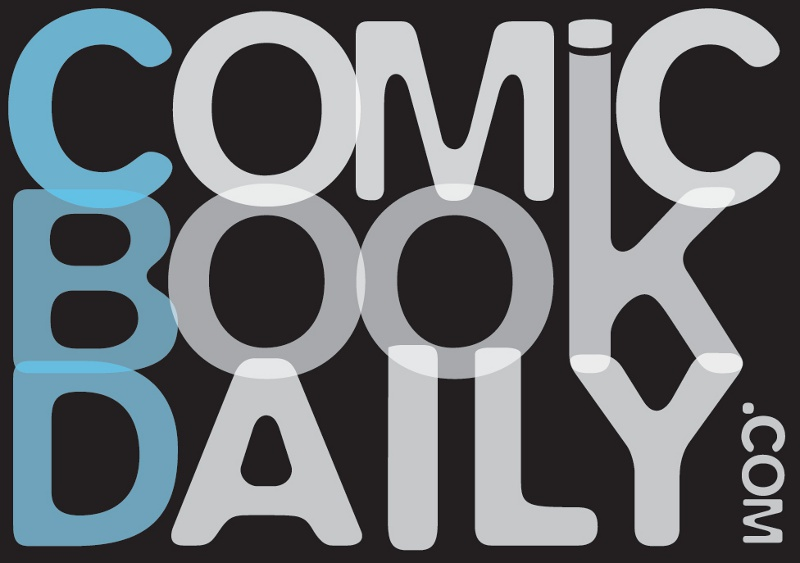
Discussing the minutiae of comic book collecting.

Discussing the minutiae of comic book collecting.

Now, more than ever, we have become acutely aware that we all swim in each others’ mists and that proximity can transmit and infect. The western handshake and European cheek peck may soon become obsolete and the palm-press namaste of…
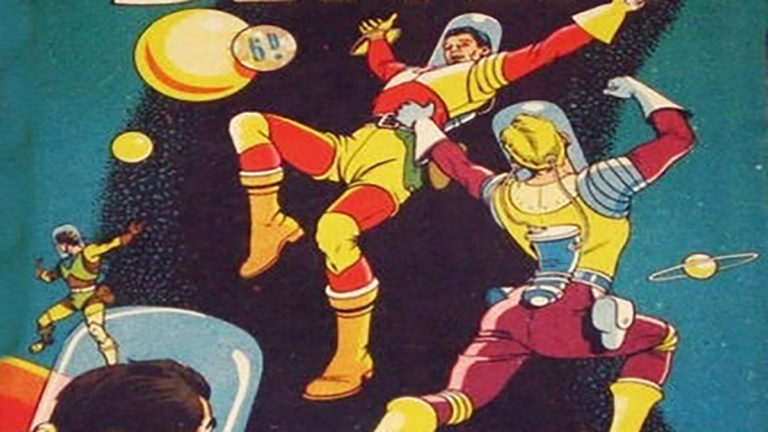
As many of you know, this column began seven years ago as part of my attempt to focus a newly minted retirement on something both interesting and challenging, albeit perhaps trivial in comparison to the struggles we all face daily…
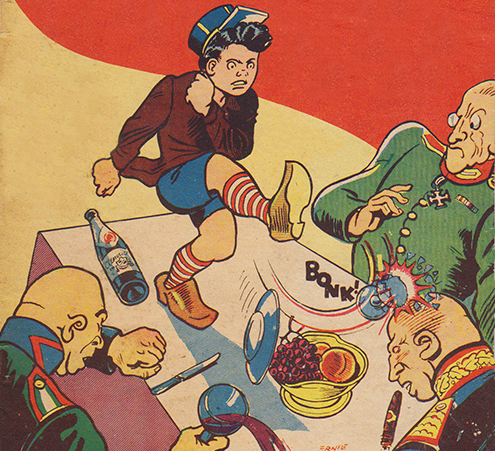
The big news this week is that the WECA Price Guide is finally finished and available! I have to thank Tony Andrews, Jim Finlay, and Walter Durajlija for being the main forces behind determining the prices listed in the book…
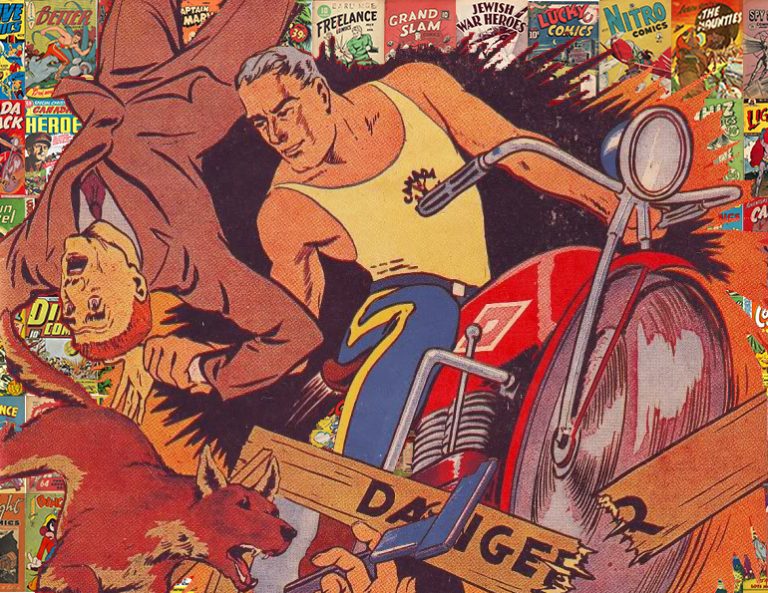
News I was at my friend Bob MacMillan’s place last week and he showed me two Colossal Comics with Adrian Dingle covers I had not seen before. These do not have war-themed images like the three covers we are familiar…
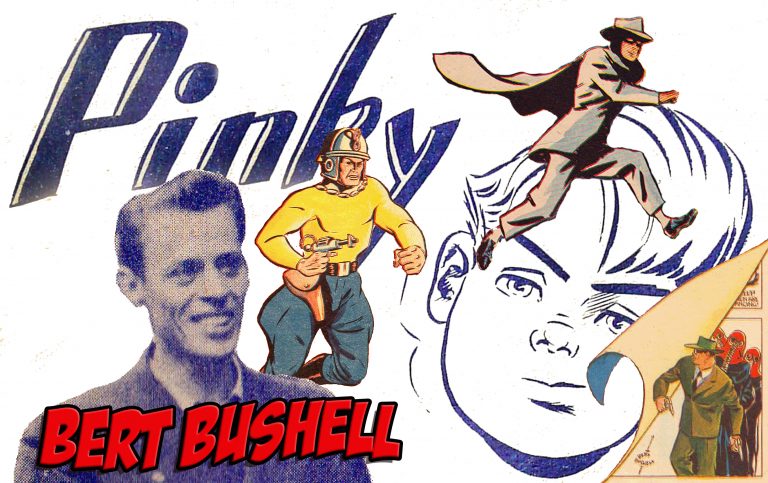
Edward Albert Bushell was probably born in 1917 and probably in B.C. We don’t know much about him except for the comic book work he did for Maple Leaf Publications in Vancouver during the Second World War. His first work…
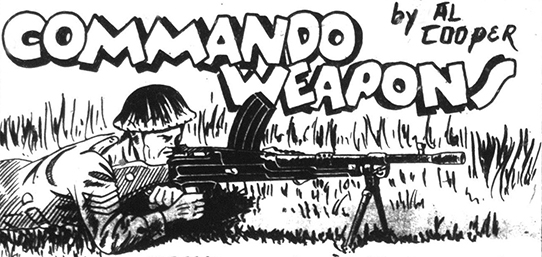
While interviewing Nancy Lee, the niece of Doris Slater, a couple of years ago, a family anecdote she shared with me has stuck in my mind. Doris’ older sister, Minnie, was married to Ted McCall, a long time editor at…
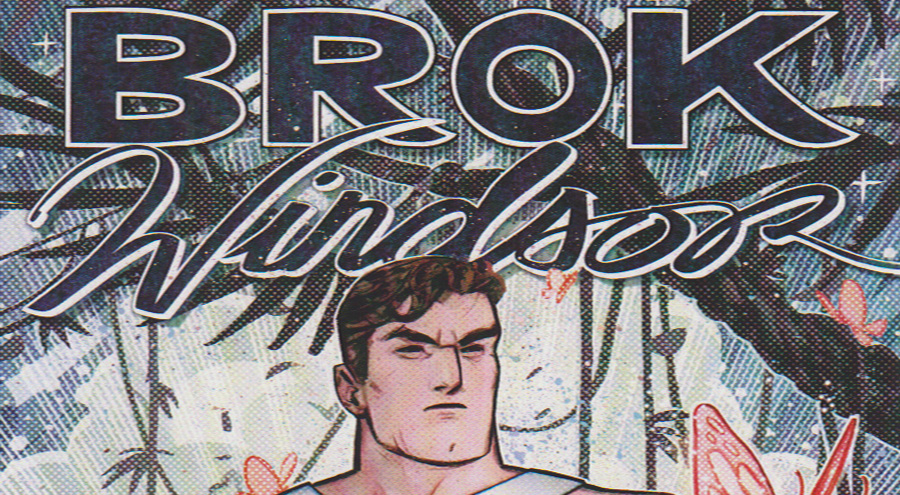
The reprint package of Brok Windsor stories came out last month: Brok Windsor/Jon Stables (edited by Hope Nicholson), Bedside Press, 2015, and is a welcome addition to your Canadiana bookshelf and to your comic bookshelf in general. Overall, this is a…
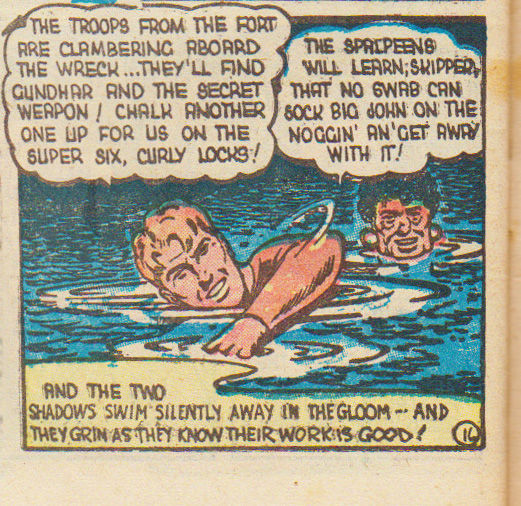
Those last few months of 1946, those last few months of the WECA period, and what happened to each of the titles that were still being put out are still very murky. Not one of the issues that we now…
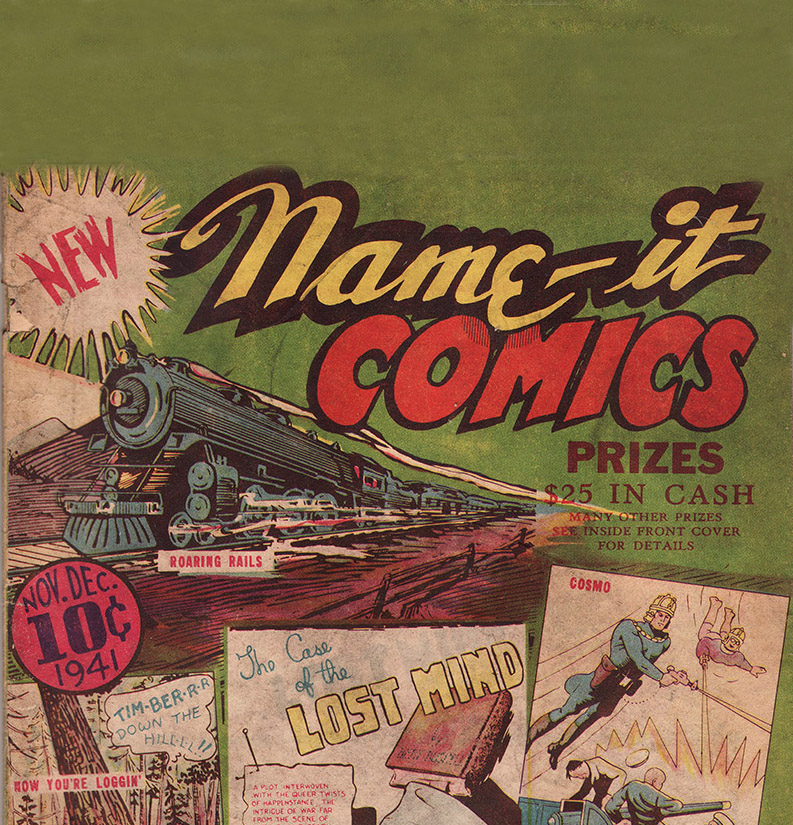
By the time Name-It Comics came out, Maple Leaf’s first title, and Canada’s first comic book, Better Comics had already had eight issues out and its second title, Lucky Comics (at that time known as “Union Jack – Lucky Comics”) had had half that. The other title that came out concurrently with Name-It Comics was Bing Bang Comics with its lead and cover feature being the adolescent, Denis the Menace type of trouble maker, Pinky.
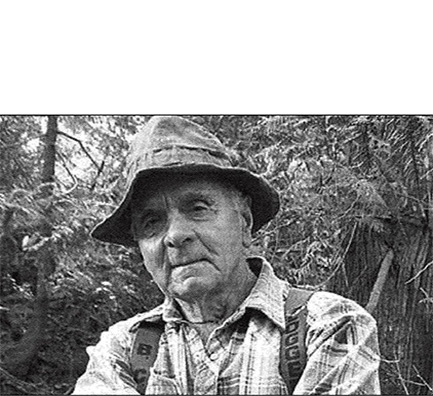
On the front cover of Canada’s first comic book, Better Comics No. 1 (March, 1941), Vancouver’s Maple Leaf Publications chooses a stylized maple leaf containing the words “Canada’s Own” to be its logo. These words broadcast the mission mandate…
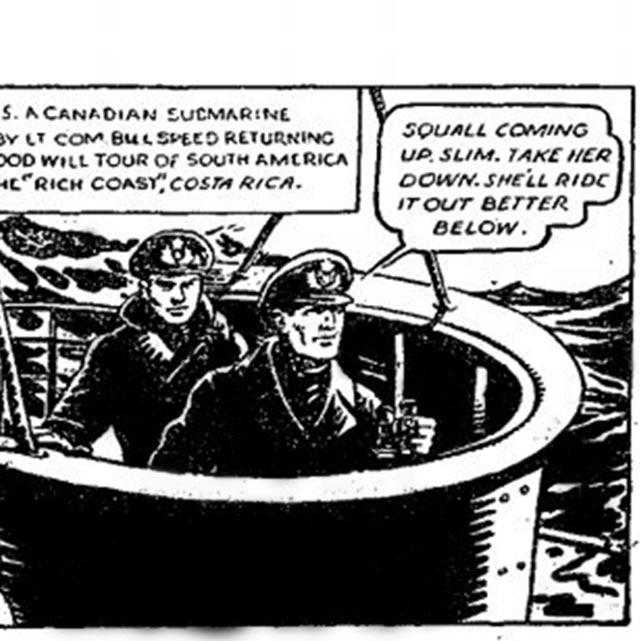
John Stables (most often signing his work Jon St. Ables) has always been amongst the most appreciated of the WECA artists and his name is consistently placed at the head of lists of those artists best representative of the excellent, professional quality of Canadian war-time comic art whenever the artistic output of the Canadian Whites is brought into question. He was inducted into the Shuster Hall of Fame in 2006 and the write up with the induction by Robert Pincombe and Peter Hansen supplies you with the necessary details of his life and career.
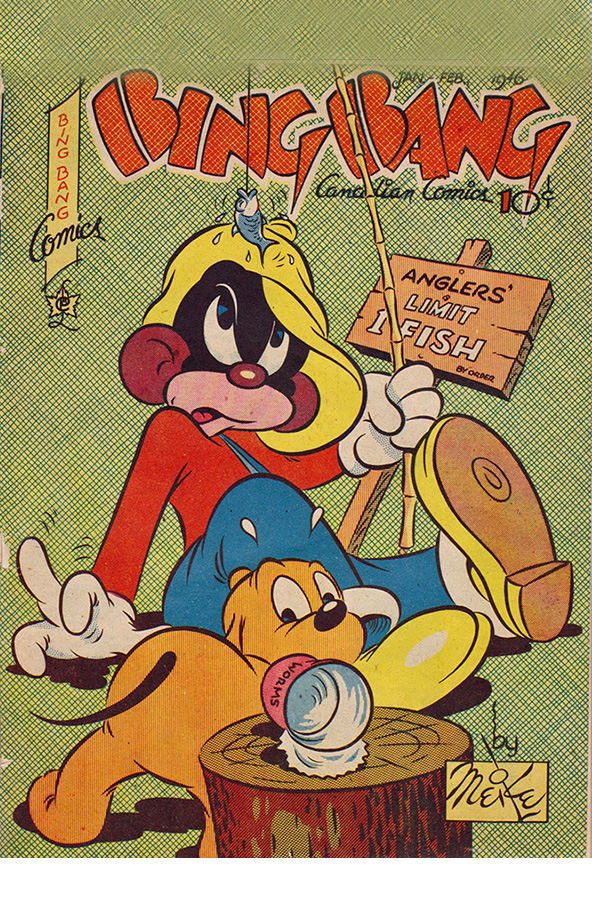
Comic book art runs the rainbow spectrum from realistic, to semi-realistic, to surrealistic, each time the metaphor getting stronger. In the surrealistic “toons” the world is populated by caricature humanoids and/or anthropomorphic fauna (‘funny animals”). Each of the four WECA publishers, except Educational Projects, had features that fell somewhere on the surrealistic end of this continuum.
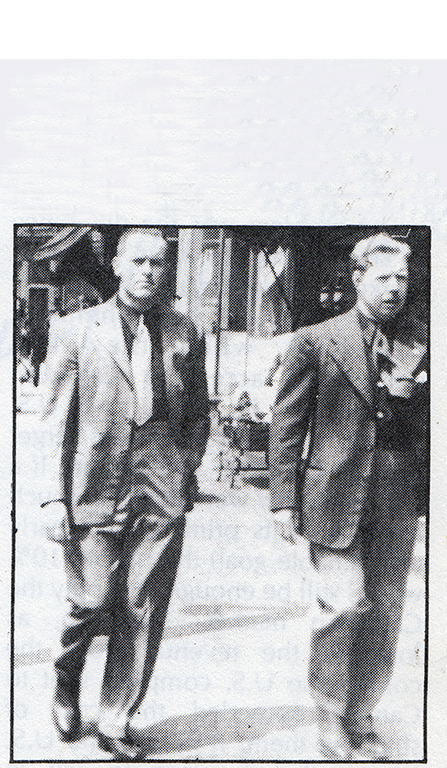
Many times over the last year or so I’ve wondered about what became of the original locations of all the WECA era Canadian comic book publishing houses. Are the original buildings still standing or have they been razed to make way for modern money making enterprises? I glean the following address information from the indicia of the actual comics.
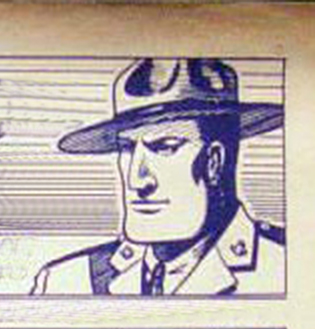
“Johnny (Jack) Canuck.” He was a personification of our national identity much in the same way that America had “Uncle Sam” and Britain “John Bull,” who started to be depicted in political cartoons just a couple of years (1869) after Confederation. Like all national personifications he is an hyperbole, let’s say like a lumberjack riding a Timmie’s donut inner tube down the rapids a river of maple syrup and using a hockey stick for a rudder.
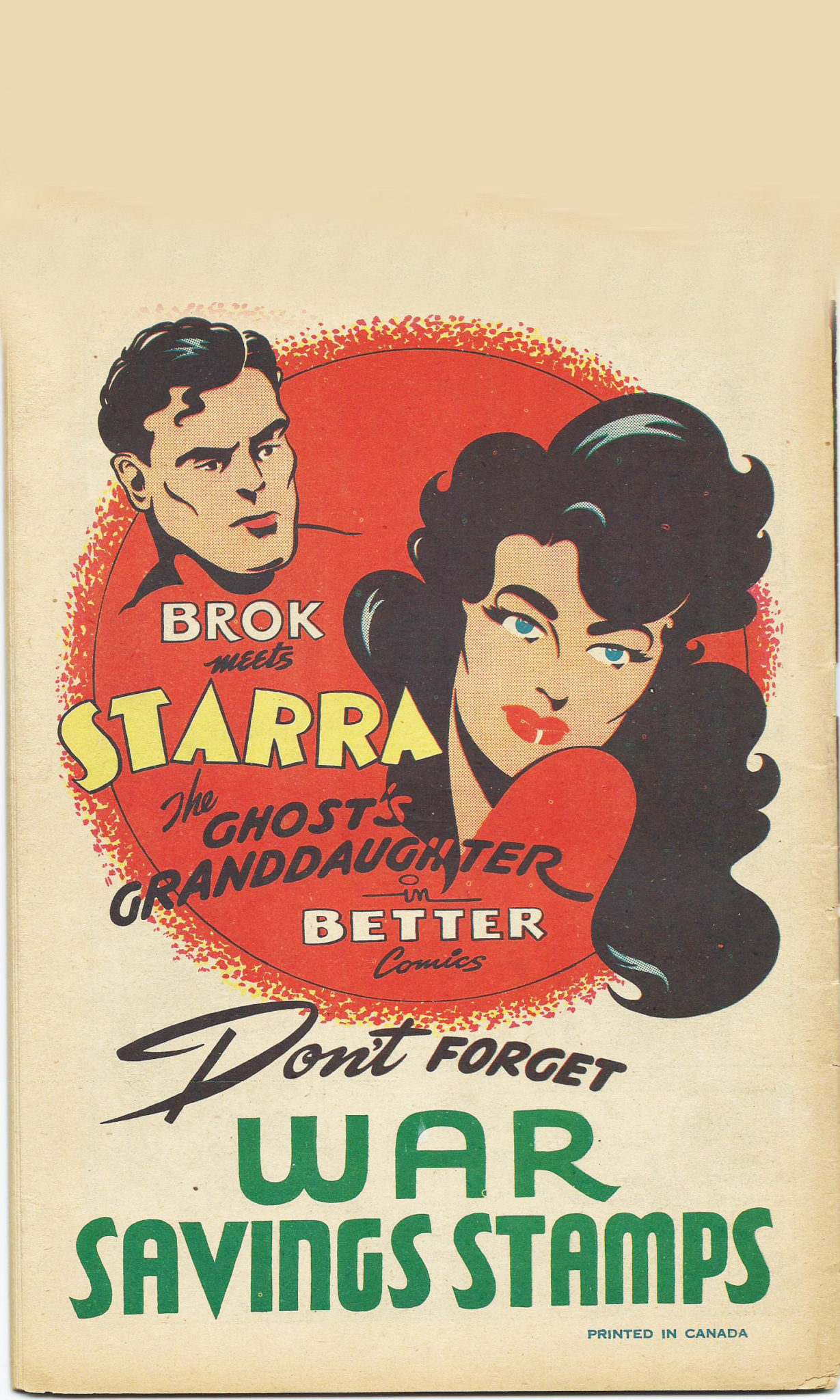
On occasion these B-sides became hits in themselves and sometimes even outshone their original A-sides in popularity. In the same vein, I think that there are a few WECA book back covers that merit attention and offer lots of historical information to mine and I wanted to share some of them with you.

Our FanExpo panel on the Canadian Whites was held on the final afternoon just a couple of hours before the whole show closed down. We ended up getting just about 50 people in the audience… not bad for a relatively esoteric and arcane subject.
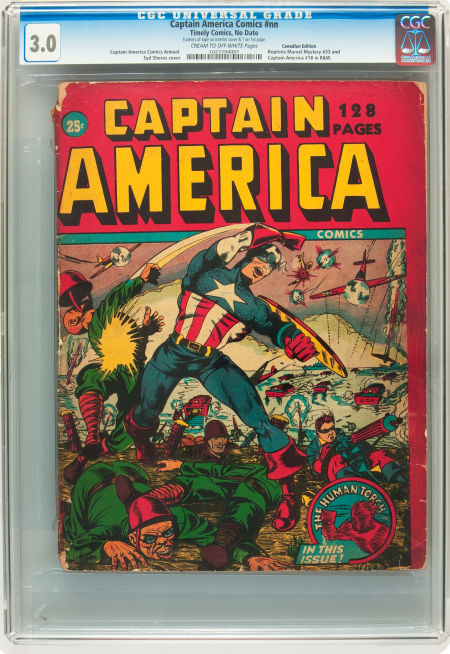
I was talking with Walter Durajlija the other day about doing an entry on the WECA keys and he suggested a good task might be to start to create a list of the top twenty WECA (1941-46) books much…
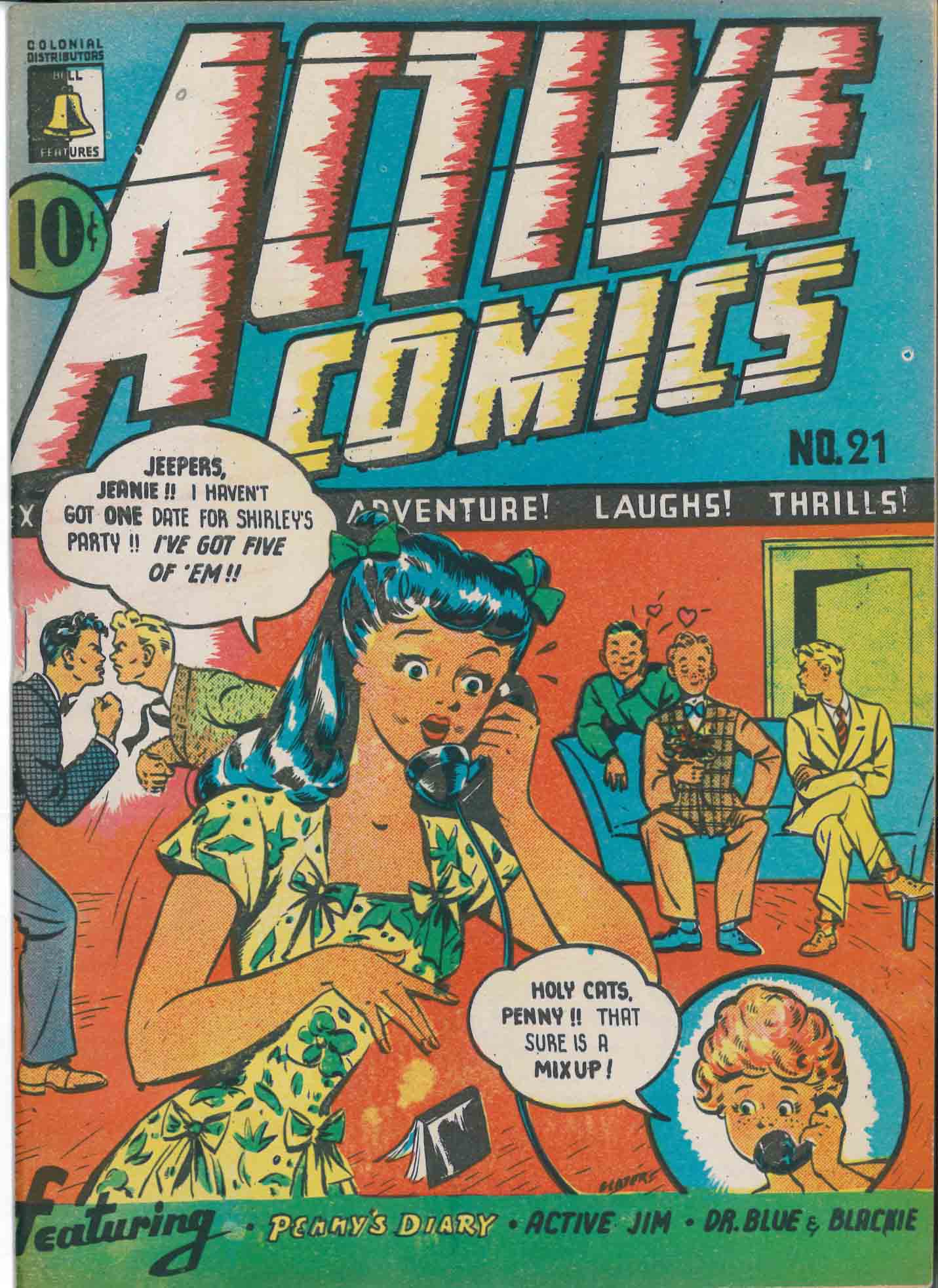
No, this is not going to be a piece about good girl art in the WECA books, nor about the small handful of female heroes (Nelvana, The Wing, Polka-Dot Pirate, Betty Burd etc.) that graced the pages of those…
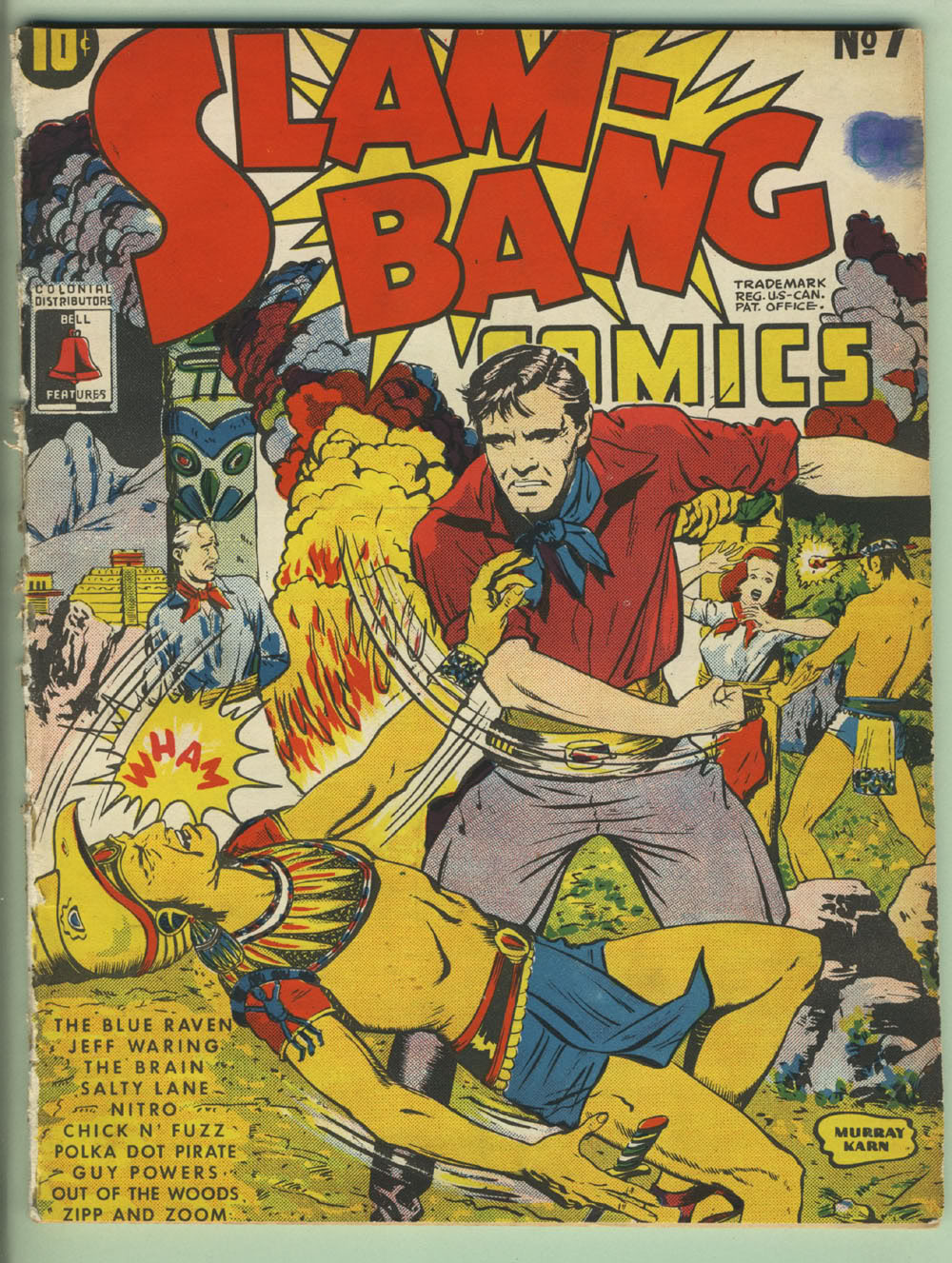
There’s that significant moment in silver screen history when Judy Garland, as Dorothy, steps out of her black-and-white Kansas world, through the door of her tornado-transported farm house, into the rich, full-colour, munchkin-filled Land of OZ. This really didn’t happen…